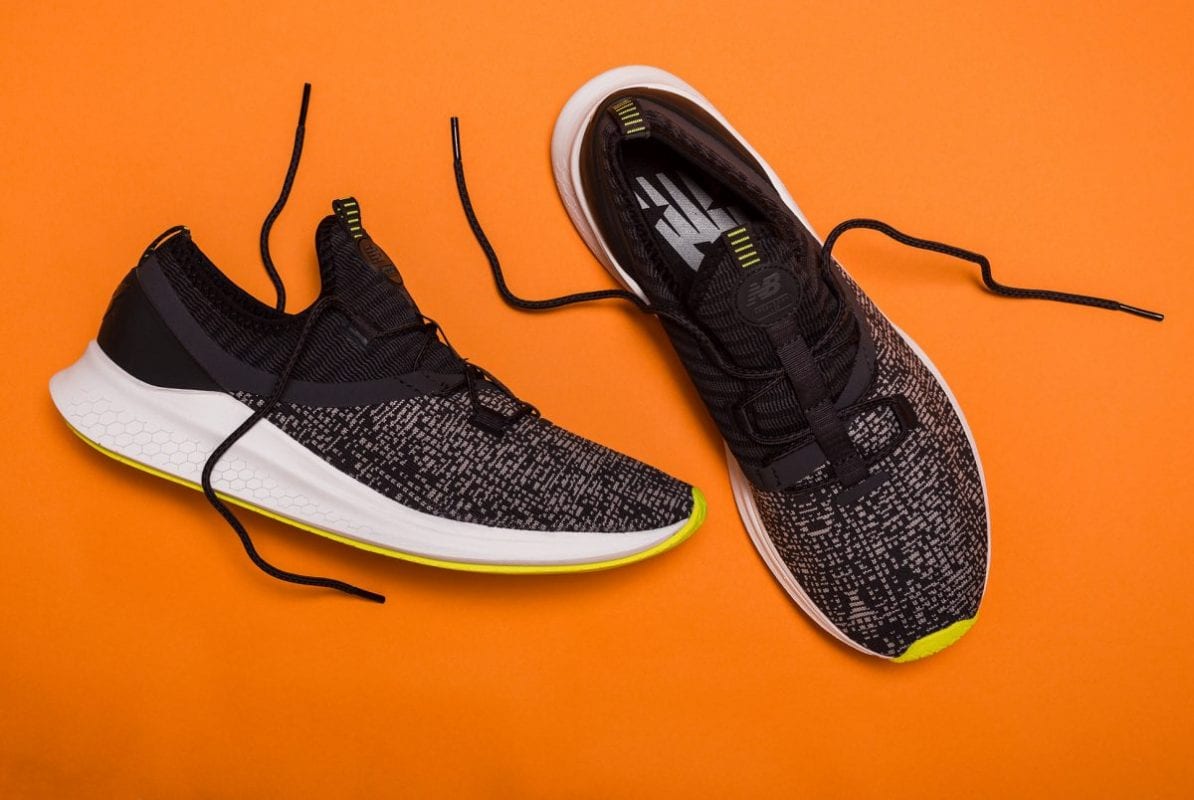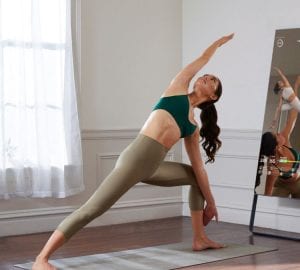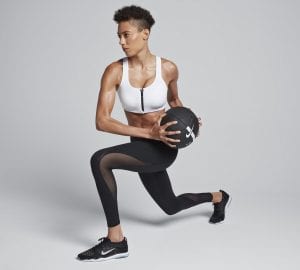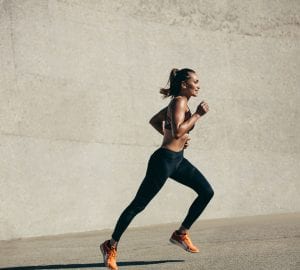If you’re diving into a new sport, a new fitness class, or simply a new habit of going to the gym this year, chances are you might be looking to update your footwear. When it comes to physical activity, not every shoe is created equal.
Shoes designed for the constant forward and backward motion of running might not suit a tennis player who is looking for more lateral stabilization in the ankle for side to side movements. At the same time, road running shoes might not provide adequate protection for a runner logging miles on a rocky mountain trail either.
When it comes to choosing the right pair of shoes for your fitness goals, don’t miss this essential guide:
Sports-specific shoes
For sports like soccer, cycling, golf, lacrosse, and skiing, specific shoes will be standard issue for safe play. For example, you’ll likely wear soccer cleats for all your soccer practices and games or invest in well-fitting ski boots for when you hit the slopes.
These types of sports-specific shoes are specially designed to most optimally support your feet while taking into consideration the terrain you are on and the biomechanics of your play. Some fitness classes will also require specialty footwear like spin class or CrossFit.
Athletic Shoes
Walk into any shoe store these days and you could very well see hundreds of different pairs of athletic shoes that all vary in shapes, sizes, and colors. Depending on your what you plan on doing in your shoes, however, you might want to put a little thought into the ones you purchase.
- For walking outside, on a treadmill or a track, lightweight rubber-soled sneakers with adequate cushioning and some tread are recommended. Same goes for utilizing weight machines and stationary bicycles in the gym (unless you opt for stiff-soled biking shoes).
- For dancing and dance-based fitness classes like Zumba, you may want to get a smooth-bottomed sneaker that allows for more fluid movement and doesn’t grip the studio or gym floor too strongly.
Running Shoes
Did you know that you should replace your running shoes every 500 miles or so? For some runners, that means getting a new pair of running shoes every year. Because running is such a high-impact activity, it’s important that you choose shoes that facilitate good running form so you don’t over-stress your joints.
This means providing sufficient cushioning, especially under the heel, good arch and ankle support, and enough room in the toe box; also, adding running insoles can change the feel of the shoes and add support to your feet. Trail runners will want extra traction on the bottom of their shoes and may even opt for footwear that features rock plates or added protection for the undersides of the feet that may end up pounding sharp rocks and other natural debris that ends up on running trails.
Minimalist Shoes
For athletes and general fitness gurus going for a more natural approach to walking and running, minimalist shoes may be a consideration. Minimalist shoes are flatter and generally lack the extra cushioning of sneakers, especially under the heel.
It’s believed that a mid or forefoot strike when walking and running more efficiently powers your natural body mechanics and relieves some of the overstriding and joint stress that comes with a heel strike (though the jury is still out on the research side of things). While typically offering less volume as far as shoes go, minimalist shoes aren’t necessarily a way to save money. They often still cost just as much as regular running shoes if not more for their specialized design and material composition.
Cross-training Shoes
While not as heavy duty as your typical athletic trainers, cross-training shoes still offer more padding than minimalist shoes along with flexibility and lateral stabilization. Consider cross-trainers like a shoe that can do a little bit of everything – support mid-distance running and sprinting, climbing, and variety of other movements, both front to back and side to side.
Important Footwear Reminders
Once you know the footwear you need for your type of fitness, don’t forget to:
- Get measured – have a professional measure your feet to help find you the correct size shoe.
- Shop later in the day – your feet are their biggest towards the end of the day, so shop accordingly, especially if you tend to play or workout in the evenings after work.
- Consider insoles – if you have existing foot pain caused by fallen arches or plantar fasciitis, consider utilizing orthopedic insoles for added support and comfort from qualified orthopedists
- Buy multiple pairs – for runners especially, research has shown that regularly rotating through multiple models of footwear may reduce the risk of injury by over 30 percent.
- Toss out (or donate) old shoes – while they may feel comfortable, old worn out athletic shoes can negatively impact your biomechanics during physical activity and can actually increase your risk for injury.









